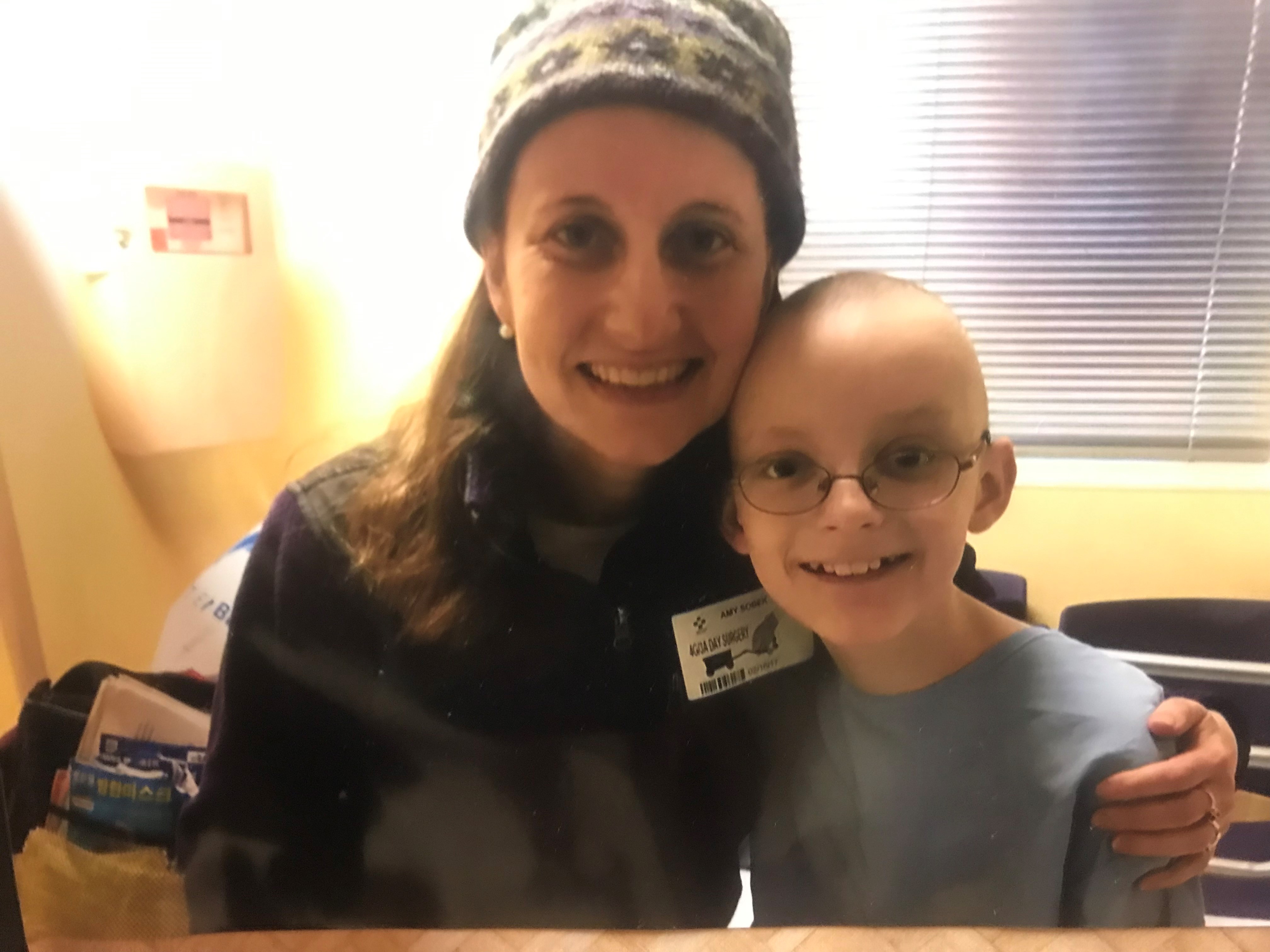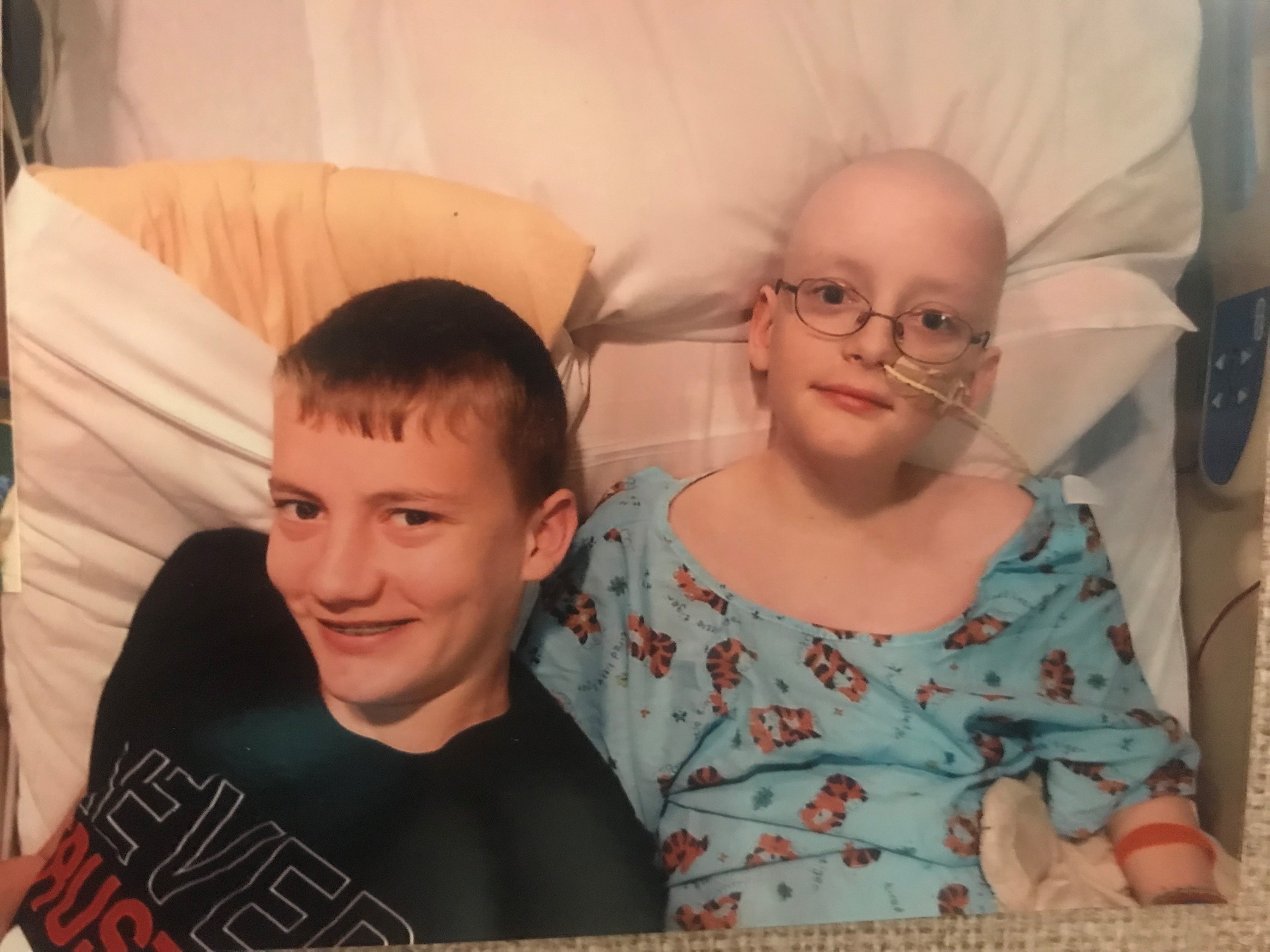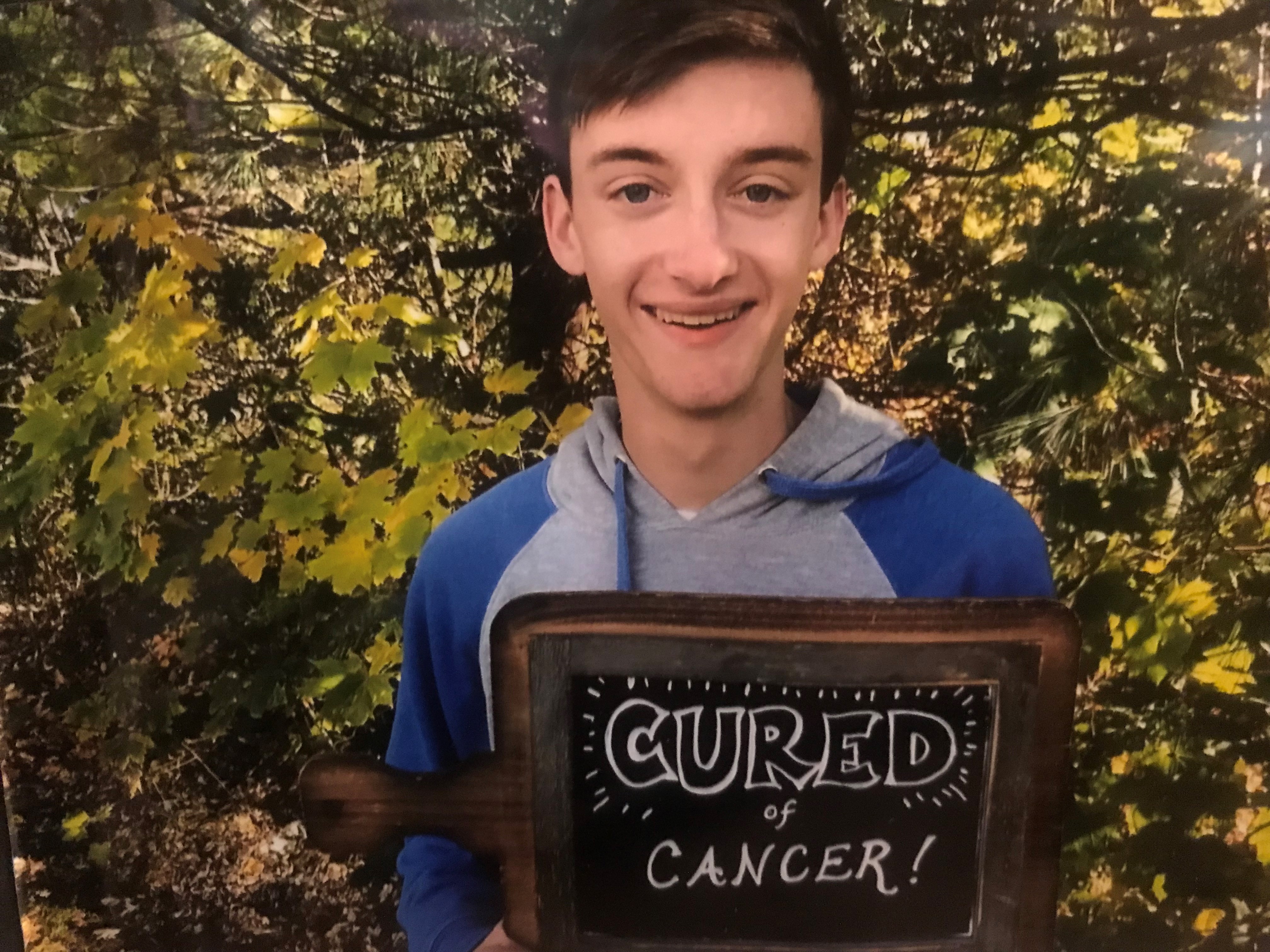Diagnosis and Treatment: Isaac’s Fight Against Leukemia
Today, Isaac is a sophomore student-athlete studying finance at Messiah University in Pennsylvania. It is a stark contrast to June 2016, when he was an 11-year-old who had just finished fifth grade and was facing the biggest challenge of his young life: a diagnosis of acute myeloid leukemia (AML). Instead of a carefree summer with friends and his siblings, Isaac spent his summer undergoing three rounds of chemotherapy at Connecticut Children’s before heading to Boston Children’s for a bone marrow transplant in November.

With five siblings, the hour-long drive from Litchfield to Hartford required a lot of juggling from his parents, Amy and Adam. Each round of chemotherapy meant an entire month in the hospital, but Connecticut Children’s was close enough to allow Isaac to have daily visits from his parents and grandmother. Nothing could have prepared him for what lay ahead in Boston, however. The first step in the bone marrow transplant was a powerful round of chemotherapy to completely wipe out his immune system. That meant more isolation and fewer visitors. “The whole floor was shut down,” he remembered.
“It was a very intense floor. There were probably more doctors and nurses than there were patients. You don’t see any patients there. They have a little playroom, but these kids are going through the worst of the worst, so you just see closed doors.”
Advancing Research. Powering Breakthroughs.
PJ Day for the Kids helps fund more than 100 clinical trials including a new clinical trial using digoxin, a well-known heart treatment made from the foxglove plant, opened for patients with medulloblastoma, the most common childhood brain tumor. This clinical trial was developed here at Connecticut Children’s, based on research conducted by our own Ching Lau, MD. Thirty-four institutions across the United States are participating in the trial.
The need for cancer research, advanced treatments and support programs is ever-increasing. With your help, we can give kids, like Mia, a childhood—and so much more.

Brotherly Bond: Sage’s Role as Isaac’s Donor
Isaac was one of six children and, in the search for a bone marrow donor, it was discovered that three of his siblings were a perfect match. “They’re the best donors to have,” explained Isaac, “since, genetically, you’re very, very similar. So that was a big blessing. I had my older brother, Sage, be the donor for me.” Even though Isaac was severely weakened by the chemotherapy and barely able to walk, he remembers the transplant itself. “It’s pretty cool what they did with the bone marrow that my brother donated. They just hooked it on my IV pole and put it right into me. It’ll go into your blood system and it’ll run around until it finds a bone. It’ll latch on and go into the bones and start generating. Then that’s the new immune system.”
He also remembers how terrible it felt. “You’re super delicate at that time. You’re feeling the worst you’ve ever felt. It’s the throwing up. You have the feeding tube. You’re exhausted. You’re sweating. You get the chills. It’s a very miserable experience, to say the least.” His mother stayed in Boston so she could spend every day with Isaac in the hospital. Each weekend, Isaac’s father made the two-and-a-half-hour drive to Boston to see him, while Isaac’s grandmother cared for his siblings back home.

Finding Strength in Faith and Prayer
Isaac dealt with the challenges of cancer through faith. “It goes back to where you find your strength. It’s one thing to have it from yourself and your will to survive. That’s a hard way to approach a chemo treatment as a kid. I can only imagine not having that outlet of prayer and being able to delegate my pain and know that, if this goes south, I won’t have to worry about it because I’ll just meet my Creator a little earlier and that’s His will. That gave me comfort. It’s just taking it one day at a time, pivoting and praying.”
Scripture was also a source of strength, in particular Exodus 14:14. “It says, ‘The Lord will fight for you. You need only be still.’ That is such a big one when you can’t get out of bed. I can’t walk around. I can’t do my usual exercise. I can’t go out to see the nurses or other patients. I’m stuck in bed. But it’s very encouraging to know that the Lord is fighting for you and all you need to do is be still.”
After 40 days in Boston, Isaac finally came home to Connecticut. “They say that you’re only halfway done when you finish your bone marrow transplant,” he said. “Coming out of the hospital, your treatment continues, making sure the cancer doesn’t come back, making sure your body reacts well to the medications that you’re taking. There’s lots and lots of checkups for the first year. It’s not like it all of a sudden gets better.” Today, he has once-a-year follow-up appointments with Connecticut Children’s pediatric hematologist/oncologist Kerry Moss, MD.

The Road to Recovery: From Walking to Running Again
Isaac returned to in-person school for the final weeks of sixth grade, then signed up for cross country in seventh grade. “Which was crazy,” he said. “It’s like, ‘Hi. I just learned how to walk because I had my immune system killed and had a new one put in. But I’m gonna run now.’ It’s pushing yourself to be better. I was one of the worst on that team, but coming back the next year, I was much better.” In high school, he earned varsity honors for cross country, swimming and track. Today, he is a member of the track team at Messiah and recently ran his first marathon. He also grew closer to his brother, Sage, after the transplant—and will be the best man in Sage’s wedding next summer.
Beyond imagination?
With your support, it won’t be. Help us make the Advanced Cellular & Gene Therapy Unit a lifesaving reality for kids and families in Connecticut.
Latest Articles

$1 Million Gift from Big Y Supports Connecticut Children's New Clinical Tower and Expanded Pediatric Services

A New Era of Care Begins: Connecticut Children’s Celebrates the Opening of the New Clinical Tower
